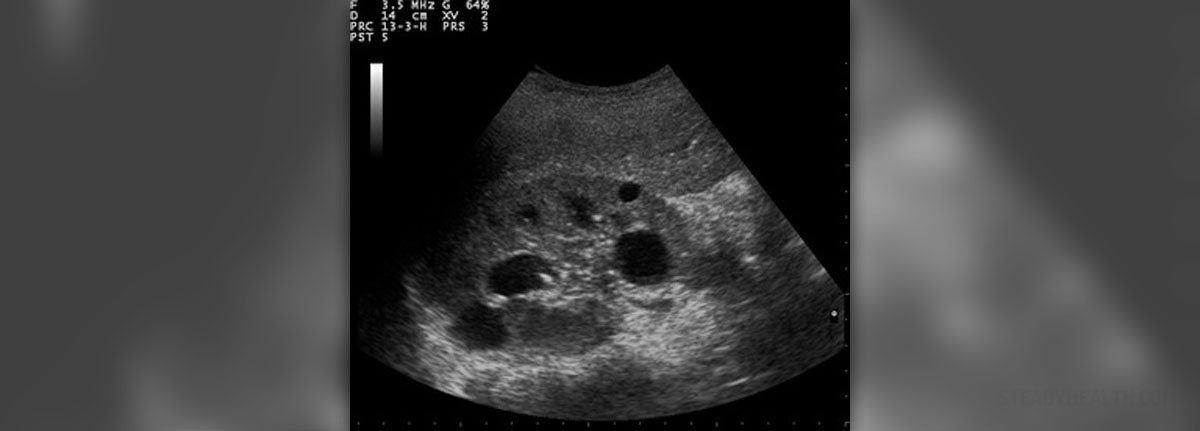
Cysts in kidneys
Kidneys are important internal organs in the human body. They perform several important functions and they need to be in good shape and condition at all times. Sometimes, especially with age, small cysts may appear in the kidneys. They are round or oval sacs or pouches with thin walls, filled with watery fluid. These cysts can be associated with serious disorders or diseases but more commonly they are benign and harmless. Harmless kidney cysts are also known as simple kidney cysts.
Simple kidney cysts usually appear as one cyst on the surface of just one kidney, although it is not impossible to have multiple cysts or cysts on both kidneys. Since they can be completely asymptomatic, meaning they cause no health problems, symptoms or complaints, simple kidney cysts are often detected during imaging tests for other conditions. This means that a person can go through life not knowing that there is one or more cysts in the kidneys. Such asymptomatic simple cysts do not require any treatment.
On the other hand, there is a condition called polycystic kidney disease or PKD. People suffering from PDK have multiple recurring cysts on their kidneys, along with other symptoms, such as high blood pressure, pain, kidney infections and blood in urine.
Diagnosis and treatment for cysts in kidneys
Kidney cysts are typical for people older than 50 years of age. They are much less common in younger people. The cysts are diagnosed through imaging tests such as ultrasound, computerized tomography or magnetic resonance imaging. In many cases the cysts are revealed during a test done to determine the presence of a whole different medical condition.
If the patient does not have any symptoms or medical problems related to the cyst and if the cyst is small, the treatment will not be required, but the patient will be asked to come back in six months to see if the cyst is growing or multiplying.
If the cyst is large and has calcifications or stones in it, it may be necessary to undergo frequent CT scans to see if the cyst is changing or growing even bigger.
If a cyst or multiple cysts are large and cause problems such as pain, blood in urine, fever, frequent urge to urinate and such, the doctor may recommend surgery to remove the cyst.
- medlineplus.gov/kidneycysts.html
- www.nhs.uk/conditions/autosomal-dominant-polycystic-kidney-disease-adpkd/symptoms/
- Photo courtesy of Nevit Dilmen by Wikimedia Commons: commons.wikimedia.org/wiki/File:Renal_cyst_ultrasound_110316115548_1208010.jpg




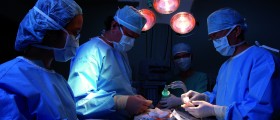

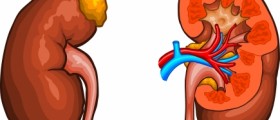
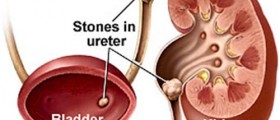
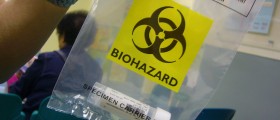
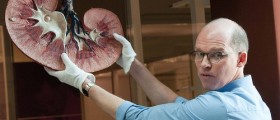







Your thoughts on this
Loading...